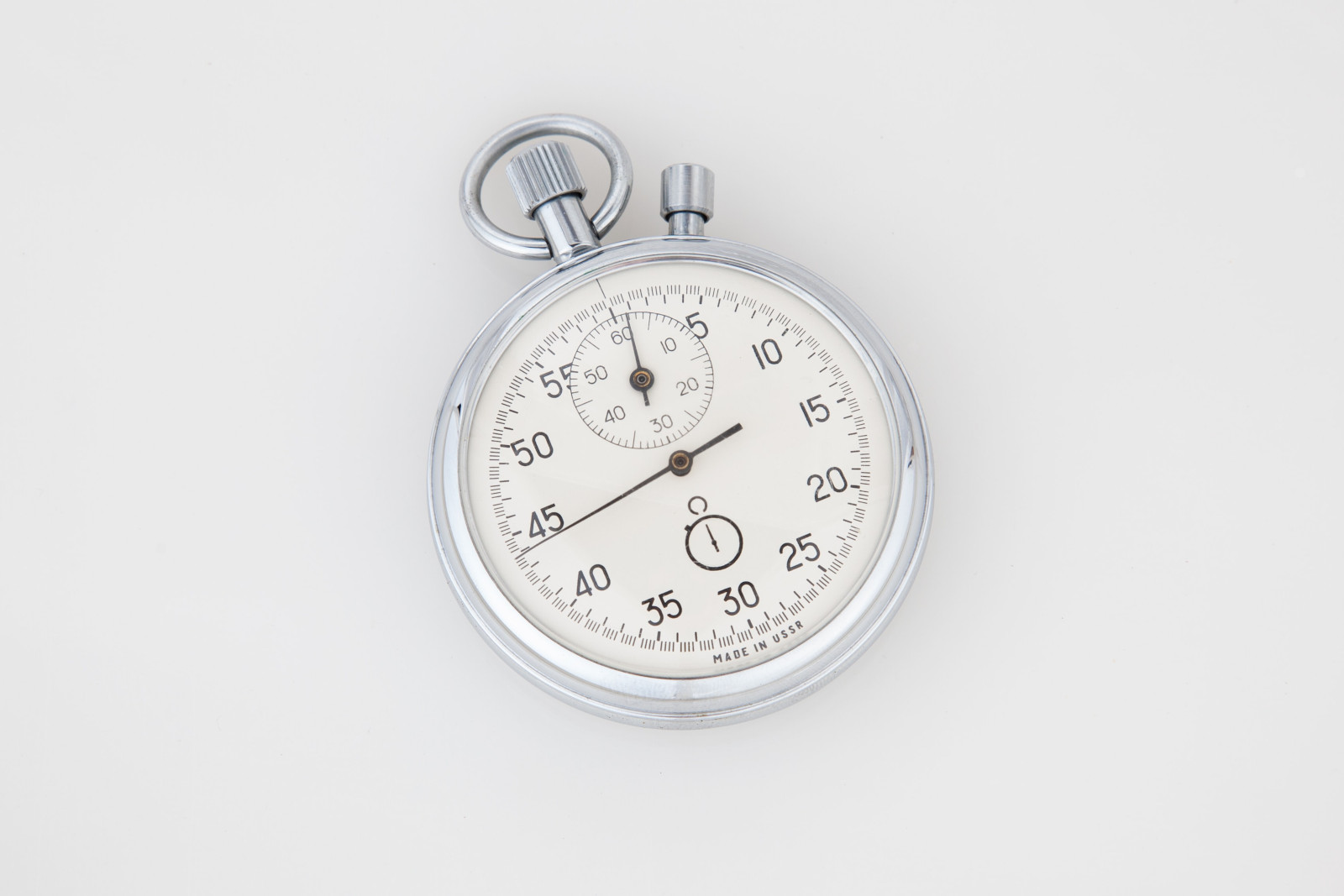
Swimming Time Standards: What You Need to Know
If you are a swimmer, then you have probably wondered what the time standards are for your age group and event. In this blog post, we will discuss the swimming time standards for various events and age groups. We will also provide a link to the full list of time standards so that you can reference them as needed.
What are the time standards and what are their purpose?
USA swimming is the national governing body for swimming in the United States. They release time standards periodically to give swimmers of all levels achievable goals to work towards. These standards also function as a way to group swimmers of similar abilities together for competitions. The standards range from B (beginner) all the way up to AAAA (elite). While swimming times are important for competitions, they can also be motivational swimming goals for anyone looking to improve their fitness level. Having these time standards provides a goal for swimmers of all levels to strive for, whether they are just starting out or are already at an elite level.
The time standards are updated every 4 years
USA Swimming updates its motivational time standards for age group swimmers every 4 years following an Olympic year. This serves as a way to keep competitive swimmers motivated and striving to achieve higher performances in the pool. The standards are updated based on data collected from thousands of swim meets across the country over the course of a 4-year cycle, so that swimmers of all ages and abilities can use them as a guide for improvement. We are in the 2024-2028 cycle.
What are the different time standards?
It goes from B up to AAAA.
“B ” is the first national time standard for age group swimmers (ages 18 and
younger) and “AAAA” is the top national time standard for age group
swimmers. The progression as swimmers get faster is B, BB, A, AA, AAA, and
then AAAA. An “AA” time is faster than an “A” time, and so on.
B:
Percentile: 45%
This standard means your swimmer is ranked in the top
BB:
Percentile: 65%
This standard means your swimmer is ranked in the top 35% of swimmers their
age-group, their same sex, in that stroke and distance.
A:
Percentile: 85%
This standard means your swimmer is ranked in the top 15% of swimmers their
age-group, their same sex, in that stroke and distance.
AA:
Percentile: 92%
This standard means your swimmer is ranked in the top 8% of swimmers their
age-group, their same sex, in that stroke and distance.
AAA:
Percentile: 94%
This standard means your swimmer is ranked in the top 6% of swimmers their
age-group, their same sex, in that stroke and distance.
AAAA:
Percentile: 98%
This standard means your swimmer is ranked in the top 2% of swimmers their
age-group, their same sex, in that stroke and distance.
Here is the link to the 2024-2028 cycle to see the times for each level.
What if a swimmer has different time standards?
It is very normal for your swimmer to have different time standards for
different strokes. For example, a swimmer may have an easier time in the
backstroke but more difficulty in the butterfly. This is why it is important
to create individualized goals and benchmarks for each stroke so that your
swimmers can see progress and strive towards achieving their best results.
If a swimmer does not meet the standard, they can continue to work on their
technique and training in order to improve their times. Swimming is an
individual sport and everyone progresses at their own pace. Some swimmers
may take longer than others to achieve certain standards, while others may
surpass them quickly
What does it take to achieve a AAAA time standard?
Achieving a AAAA time standard is no easy feat. It requires not only talent
and natural ability, but also a great deal of dedication and hard work. For
most athletes, reaching a AAAA time standard is the result of years of
training and practice. It takes focus and determination to consistently
improve one's performance, and many athletes find that they need to set
ambitious goals in order to keep themselves motivated. Some athletes also
seek out coaches or trainers who can help them to reach their full
potential. Ultimately, achieving a AAAA time standard is a testimony to the
athlete's dedication and commitment to their sport.
Check out our blog post on on how to swim faster!
A few words of encouragement to all swimmers who are working towards a higher standard
Swimming is a great way to stay in shape and improve your overall health. Whether you're swimming for recreation or competition, it takes dedication and hard work to reach your goals. If you're swimming towards a higher standard, be AAAA of your swimming progress and celebrate your accomplishments along the way. Remember to be motivated by your love for the sport and the satisfaction of reaching your goals. Have patience and don't get discouraged if you don't see results immediately; keep putting in the work and you will reach your swimming goals. Most importantly, enjoy the process and have fun!
Achieving a faster time is not easy and requires a lot of dedication and hard work. However, it is possible to achieve your goals with the help of these updated standards. As you continue to train and work towards your goals, keep in mind what it takes to reach the AAAA standard. Be encouraged by those who have already achieved this goal, knowing that you can too!
Happy swimming!
- Tags:
- How it works
- Swim faster





